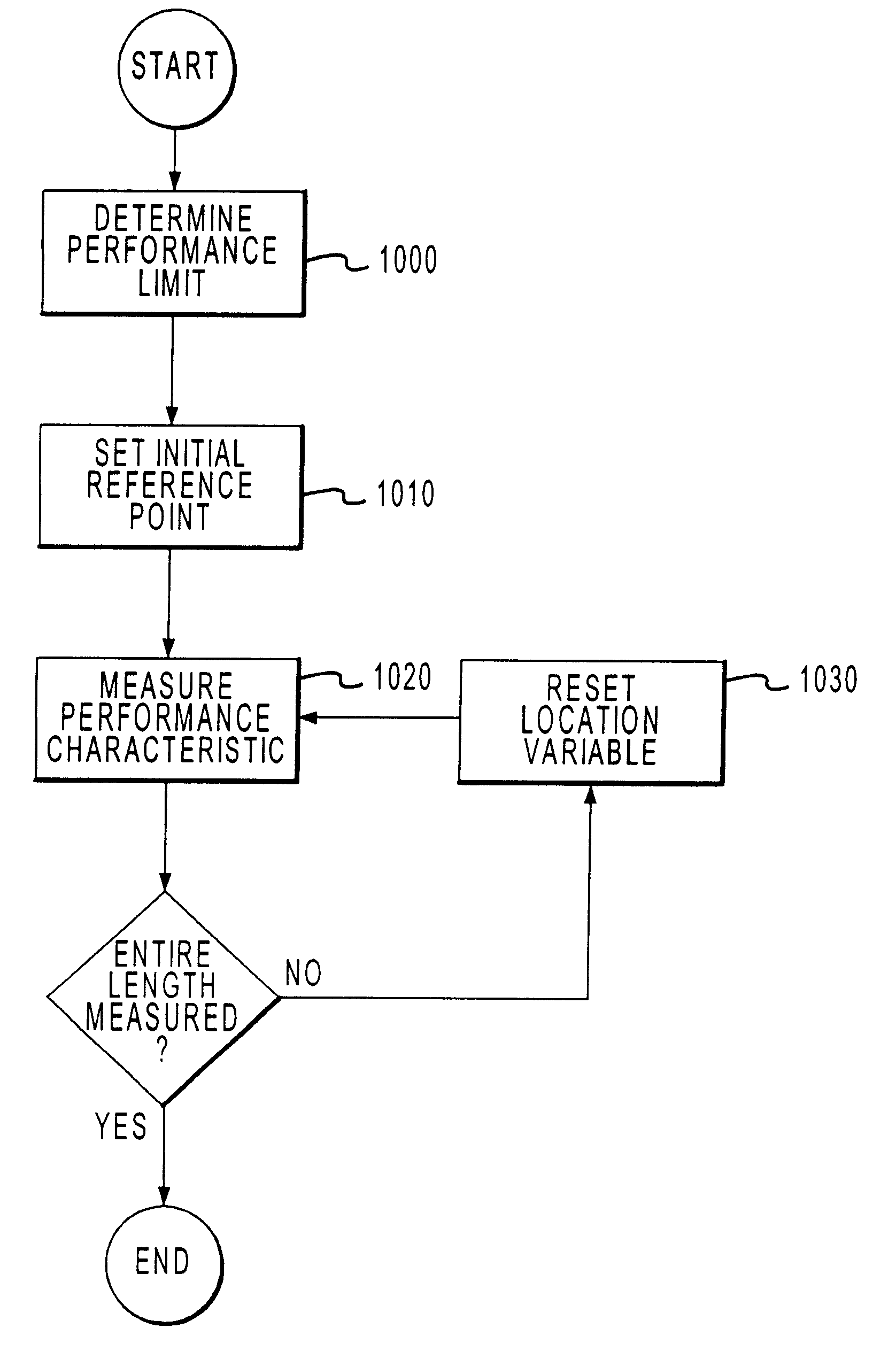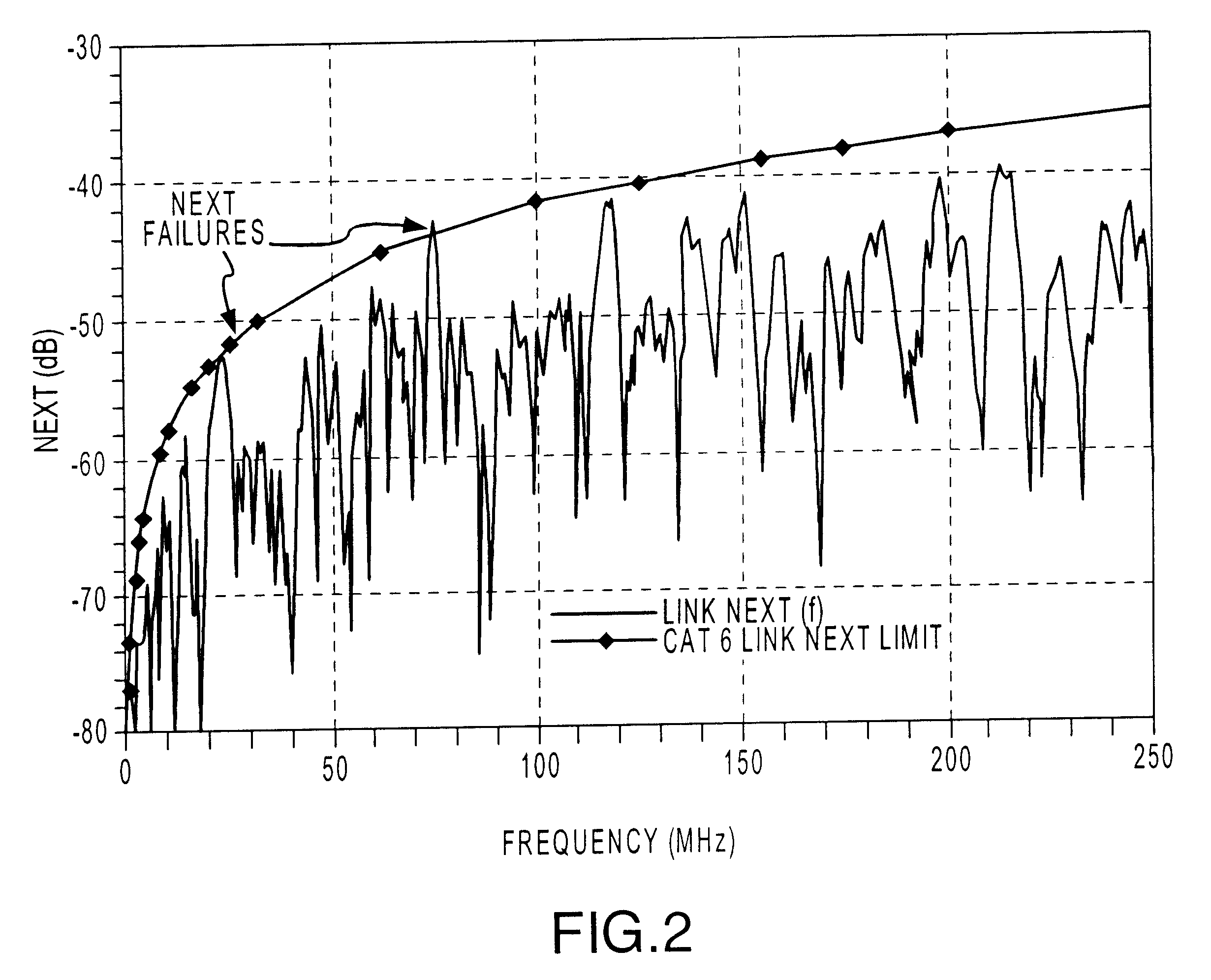Method for diagnosing performance problems in cabling
a performance problem and cabling technology, applied in resistance/reactance/impedence, line-transmission details, instruments, etc., can solve the problems of difficult determining the cause of some rf transmission parameter faults, few simple yet accurate methods to determine i
- Summary
- Abstract
- Description
- Claims
- Application Information
AI Technical Summary
Problems solved by technology
Method used
Image
Examples
Embodiment Construction
The following descriptions are of exemplary embodiments only, and are not intended to limit the scope, applicability, or configuration of the invention in any way. Rather, the following description provides a convenient illustration for implementing a preferred embodiment of the invention. It should be apparent that various changes may be made in the function and arrangement of the elements described in the following embodiments without departing from the spirit and scope of the invention as set forth in the appended claims.
That being said, with momentary reference to FIG. 10, a flow chart showing a process in accordance with the present invention is illustrated. First, a performance limit for a cable is determined 1000. Next, a location variable on the cable is set to an initial reference point 1010 and a performance characteristic at the location variable is obtained 1020. This process is suitably repeated for the length of the cable. That is, after measuring the performance chara...
PUM
 Login to View More
Login to View More Abstract
Description
Claims
Application Information
 Login to View More
Login to View More - R&D
- Intellectual Property
- Life Sciences
- Materials
- Tech Scout
- Unparalleled Data Quality
- Higher Quality Content
- 60% Fewer Hallucinations
Browse by: Latest US Patents, China's latest patents, Technical Efficacy Thesaurus, Application Domain, Technology Topic, Popular Technical Reports.
© 2025 PatSnap. All rights reserved.Legal|Privacy policy|Modern Slavery Act Transparency Statement|Sitemap|About US| Contact US: help@patsnap.com



